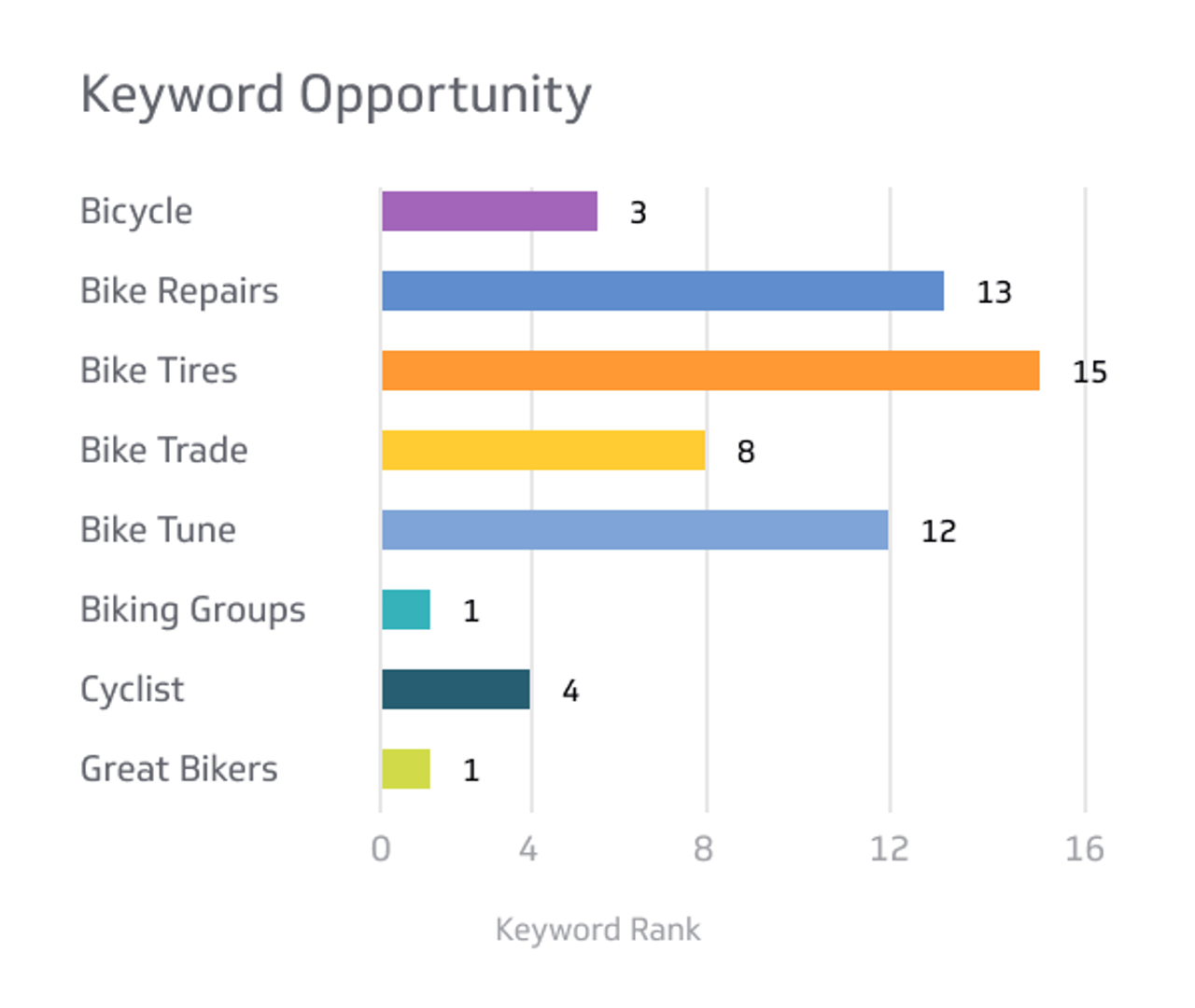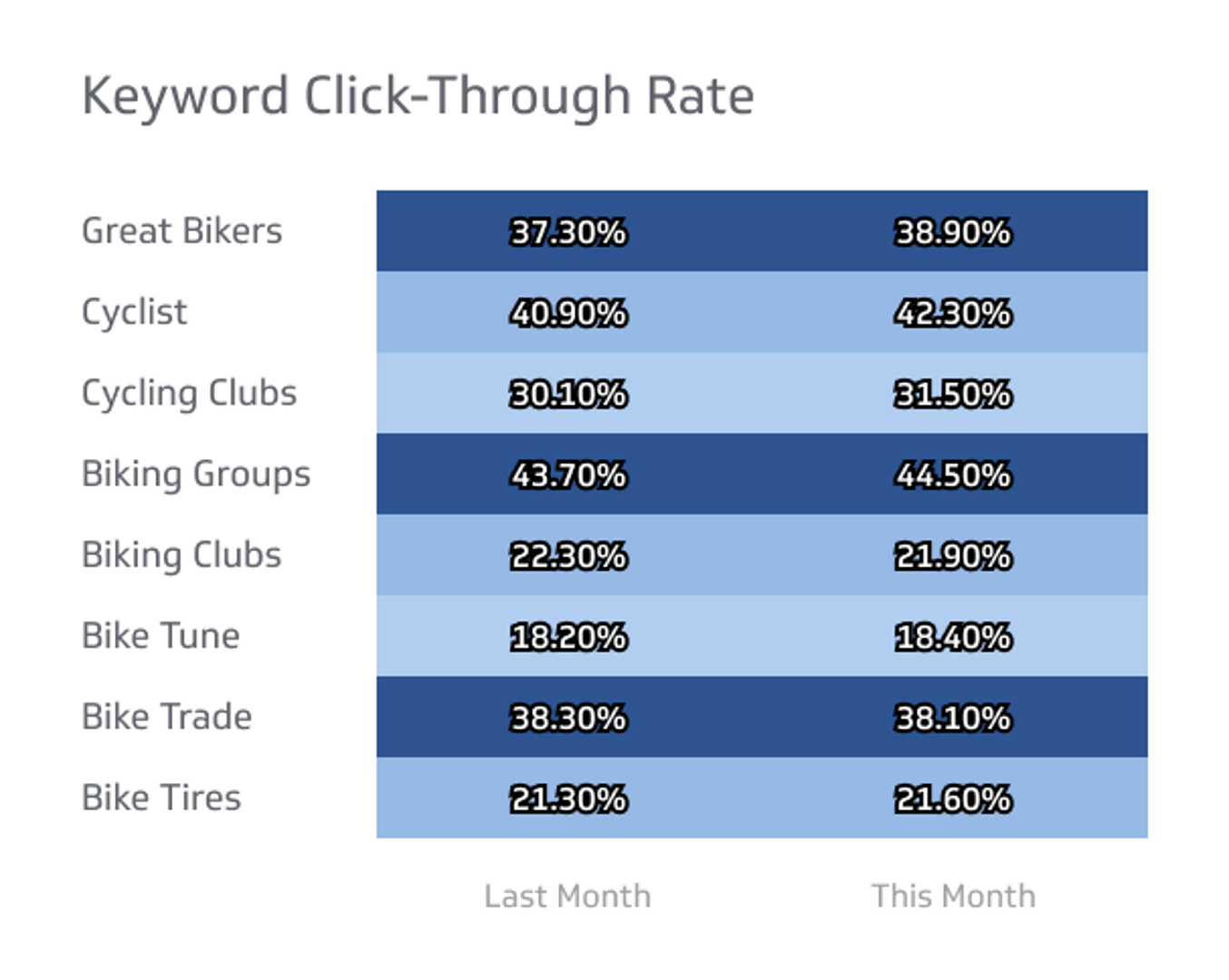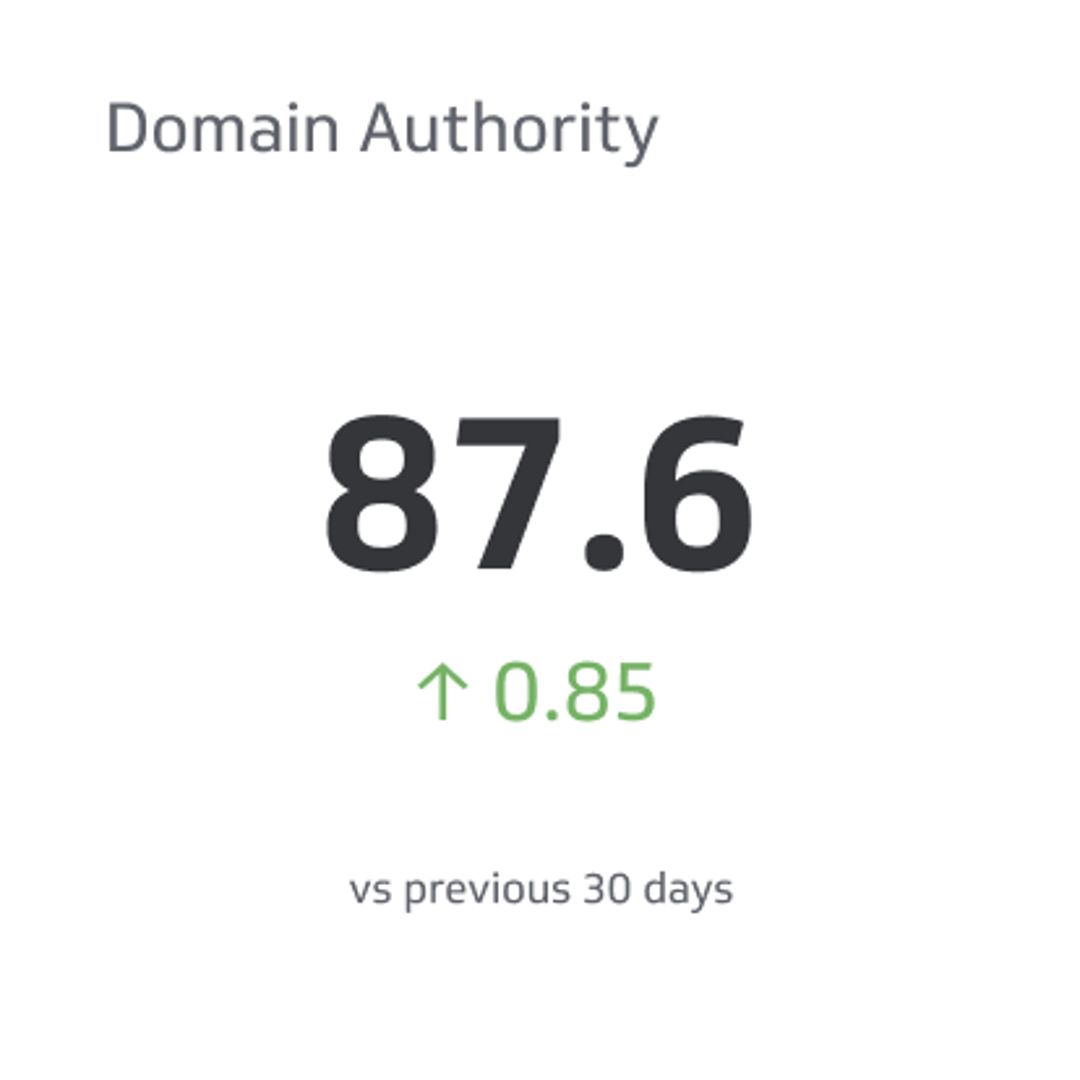Pageviews Metric
Your guide to understanding one of the most fundamental web traffic metrics.
Track all your SEO KPIs in one place
Sign up for free and start making decisions for your business with confidence.

What are Pageviews?
Wondering how much traffic a specific page on your website gets? The Pageviews metric is your answer. It counts the total number of times a particular page is viewed by visitors. Tracking this key performance indicator (KPI) helps you identify your most popular content and understand what resonates with your audience.
A high number of pageviews on a blog post, for example, signals that the topic is in demand. For a growing company, this could mean doubling down on that content category. For a more established business, it could validate a new product page or campaign landing page.
What is the formula for Pageviews?
There isn't a complex calculation for Pageviews. It is a simple, direct count:
Pageviews = Total number of times a page is viewed
It’s important to note that this metric includes repeat views from the same user. If one person visits a page three times in a session, that counts as three pageviews.
Pageviews vs. Unique Pageviews
It's easy to confuse these two metrics, but they tell you different things:
- Pageviews: The total number of times a page was viewed. This helps you gauge the overall traffic and popularity of a page.
- Unique Pageviews: The number of sessions during which a page was viewed at least once. This helps you understand the size of the audience that has seen the page.
If one user views your pricing page five times, you’ll see five pageviews but only one unique pageview.
What is a good Pageviews benchmark?
There is no single target for pageviews that fits every business. A good benchmark depends entirely on your:
- Industry: A niche B2B software company will have different traffic patterns than a major online retailer.
- Company Size: A startup might celebrate 1,000 monthly views on a new blog post, while a large enterprise might aim for 100,000 views on a key landing page.
- Content Type: A pillar blog post is expected to draw more views over time than a time-sensitive announcement.
Instead of chasing a universal number, focus on your own trends. Are pageviews on key pages growing month-over-month? That’s a sign of healthy progress.
Who uses the Pageviews metric?
While it’s often associated with marketing, several roles track this KPI:
- Marketing Managers: To measure content engagement and campaign success.
- Content Strategists and SEO Specialists: To identify high-performing topics and pages that could be optimized for even greater reach.
- Company Leadership: To monitor interest in key pages, such as pricing or investor relations content.
How do you track Pageviews?
Most website analytics tools track pageviews automatically. You can find this metric in platforms like Google Analytics, which provides a detailed breakdown of traffic for every page on your site.
The real power comes from visualizing this data alongside other important metrics. Ready to monitor your pageviews and other critical marketing KPIs on a single, clear dashboard? Klipfolio Klips makes it easy to connect your data sources and build a real-time view of your website's performance.
Related Metrics & KPIs



